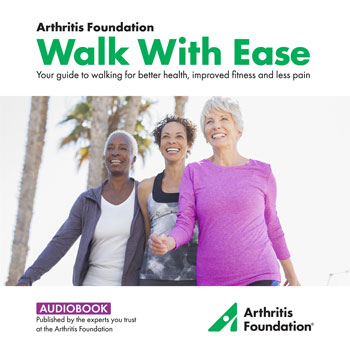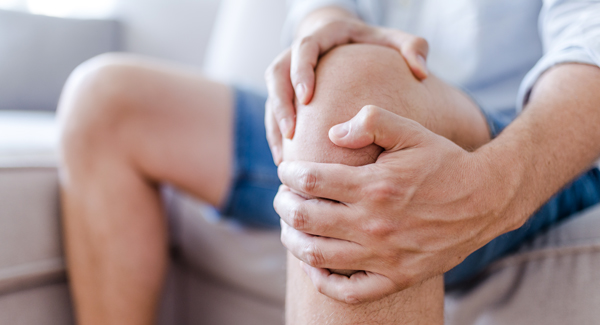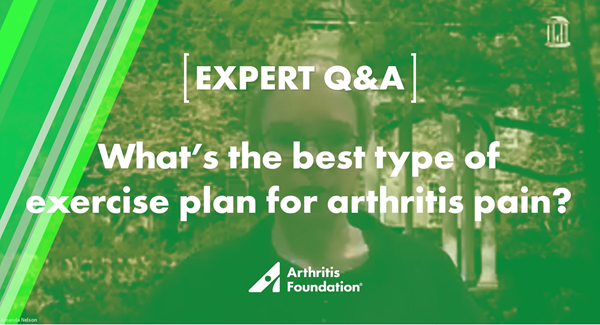Movement Is the Best Medicine for Osteoarthritis
Resting your achy joints isn’t doing them any good. The solution is to get up and go!
There’s almost nothing exercise doesn’t help. That goes double when you have osteoarthritis (OA). Exercise and weight loss are the most effective pain relievers for sore joints. And, they are the only things that may stop OA from getting worse.
There’s a myth that physical activity will cause more pain and joint damage if you have OA. But that’s just not true. The fact is, exercise is the best arthritis pain reliever in your toolbox.
How Much Exercise?
How much exercise is ideal? That depends a lot on how active you already are and your fitness level. For many people, the ultimate goal is to get some form of cardio exercise five days a week and resistance training at least twice a week.
Cardio is any exercise that gets your heart pumping, such as brisk walking, biking, swimming, jogging or using an elliptical trainer. All come with a host of benefits, including pain relief and increased mobility. Cardio also is good for your heart, lungs, blood sugar, blood pressure and mood.
Resistance exercises are those that build strength and muscle. These exercises can use your body weight, resistance bands, machines or free weights.
Why Resistance Training Matters
Over age 40, you lose about 8% of your muscle mass a year and more with each passing decade. Your muscles, bones, ligaments, and tendons all work together; if one is weak, that can affect the others, too. This can worsen your arthritis pain.
But you can “turn back the clock” on musculoskeletal aging with just two resistance training sessions a week. Strength training not only improves your muscle, bone and tendon health, it also helps your heart and brain and aids in weight loss.
To take pressure off your hips, strengthen your trunk muscles – your glutes, abs and back. If you’ve got knee arthritis, strengthen your quadriceps (the front of your thigh) to better support those knees.
Effective weight training doesn’t necessarily mean hours in the gym, either. As little as 15 minutes of focused strength training a few times a week can do the trick. The best advice: Go to a physical therapist who can design an exercise program that suits your fitness level and helps you safely boost your strength and mobility.

Now Available in Print and Audiobook
Get Your Print Copy / Español
Get Your Audio Copy / Español
Getting Started
If it’s been a while since you’ve been active, start slowly. You don’t have to meet any set number of minutes or miles. Just get up and move more than you have been doing. Then build up little by little.
Try starting with a brisk 10-minute walk every day; then add five minutes to the walk each week. Remember that what’s “brisk” for you may not be brisk for someone else. If you’re getting a bit winded, that’s fast enough. With this plan, you can slowly build up strength and endurance, which will reduce joint pain and improve your overall health. A high school track is a great place to walk because it’s level and often cushioned, so it’s easier on your joints.
But maybe you find walking boring. So, choose something else. Find what you enjoy and just MOVE. Keep track of your activity, and once you’re able to consistently maintain a certain level, increase your effort or time a bit.
If you’re already fairly active, try new activities and push yourself a little harder than normal. If you’re an athlete or train like one, focus on core and hip strength to optimize your movements.
If you’re having a bad day or week (hello, cold rain), have an activity in your back pocket that you can do even when you’re aching. Biking, swimming and the elliptical are options.
Sources
Callahan, Leigh, PhD, University of North Carolina Arthritis Research Center in Chapel Hill.
Chang, Rowland, MD, Northwestern University Feinberg School of Medicine in Chicago.
Chen, Alice, MD, Hospital for Special Surgery (HSS) in New York City.
Fu S, et al. Mechanical loading inhibits cartilage inflammatory signalling via an HDAC6 and IFT-dependent mechanism regulating primary cilia elongation
Gersing AS, et al. Weight loss regimen in obese and overweight individuals is associated with reduced cartilage degeneration: 96-month data from the Osteoarthritis Initiative. https://www.ncbi.nlm.nih.gov/pubmed/30825611
Queen Mary University of London. Exercise helps prevent cartilage damage caused by arthritis. https://www.sciencedaily.com/releases/2019/03/190327123838.htm
Schoenfeld BJ, et al. Resistance Training Volume Enhances Muscle Hypertrophy but Not Strength in Trained Men. https://www.ncbi.nlm.nih.gov/pubmed/30153194
Diagnosed With Osteoarthritis?
Get the latest news and tips about living with OA in the Living Your Yes! e-newsletter.


